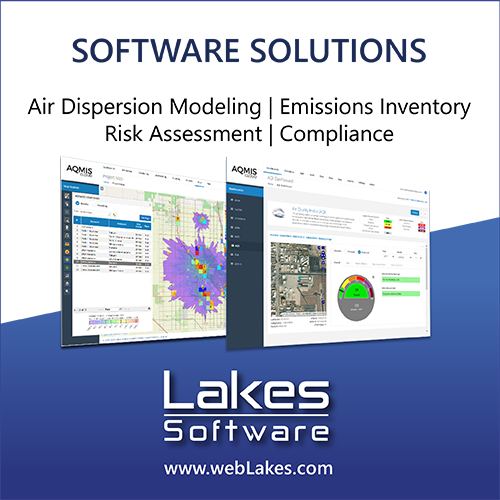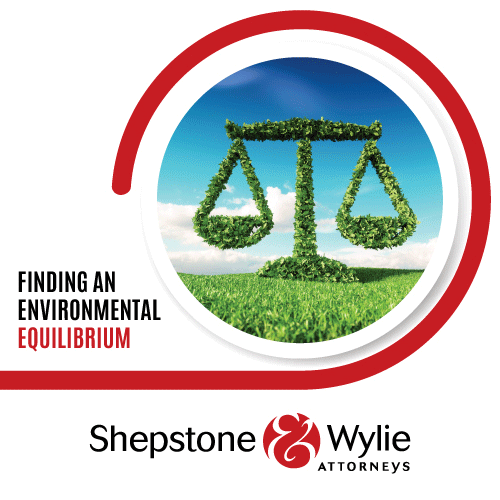Spatial and temporal assessment of organic and black carbon at four sites in the interior of South Africa
DOI:
https://doi.org/10.17159/2410-972X/2015/v25n1a1Keywords:
Black carbon (BC), Organic carbon (OC), Spatial, Tempora, DEBITS, IDAFAbstract
Limited data currently exist for atmospheric organic carbon (OC) and black carbon (BC) in South Africa (SA). In this paper OC and BC measured in SA were explored in terms of spatial and temporal patterns, mass fractions of the total aerosol mass, as well as possible sources. PM10 and PM2.5 samples were collected at five sites in SA operated within the Deposition of Biogeochemical Important Trace Species-IGAC DEBITS in Africa (DEBITS-IDAF) network. OC were higher than BC concentrations at all sites in both size fractions, while most OC and BC occurred in the PM2.5 fraction. OC/BC ratios reflected the location of the different sites, as well as possible sources impacting these sites. The OC and BC mass fraction percentages of the total aerosol mass varied up to 24% and 12%, respectively. A relatively well defined seasonal pattern was observed, with higher OC and BC measured from May to October, which coincides with the dry season in the interior of SA. An inverse seasonal pattern was observed for the fractional mass contributions of OC and BC to the total aerosol mass, which indicates substantially higher aerosol load during this time of the year. The relationship between OC and BC concentrations with the distance that air mass back trajectories passed by biomass burning fires and large point sources proved that biomass burning fires contribute significantly to regional OC and BC during the burning season, while large point sources did not contribute that significantly to regional OC and BC. The results from a highly industrialised and populated site also indicated that household combustion for space heating contributed at least to local OC and BC concentrations.
Downloads
Downloads
Published
Issue
Section
License

All articles are published under a Creative Commons Attribution 4.0 International License; copyright is retained by the authors. Readers are welcome to reproduce, share and adapt the content without permission provided the source is attributed.








.png)